The quote from the title comes from Confucius, apparently. And he wasn’t totally right. Because sometimes work is hard. And you feel tired. Of course you do, because you put 100% of your efforts in what you do if you love it. But it is worth it, because you feel like you are contributing. Like you are part of something bigger and potentially can even change some things for better. And that is an amazing privilege.
.
Today marks a whole year since I started working for Hampshire County Council. My post as a Field Studies Tutor at Calshot Activity Centre is the longest job I have ever held and also the first full time contract. It has been such a varied job it feels like the year just flew by.
.
It involved everything from working as a castle custodian in a XVI century castle to talking to kids about plankton. I taught Biology and Geography to kids ranging from 9 year olds all the way to A-level students. I loved beach combing, trawling for marine creatures in the Solent, and decorating and maintaining aquariums in our marine classroom.
.
I had a great time sailing, windsurfing and kayaking. I enjoyed working at the climbing wall and the ski slope, giving coaching advice and supervising safety. I even learned the basics of snowboarding in work time, which is pretty crazy. I am sill slightly terrified of track cycling on a velodrome though 😉
.
It has been a wonderful journey, and I am blessed to feel like my work is meaningful. I have seen many kids change during their week long residential trips and I have seen them gain confidence in themselves. Some of the many hundreds that came to visit will perhaps be inspired to care more for the environment? I really hope so.
.
Teaching the value of resilience, teamwork and the importance of taking on challenges, I had to work on these things myself too. I did not want to appear hypocritical in the eyes of the children I work with. I feel like I have learned and transformed a lot this year, due to the many personal development opportunities offered to me. I gained so many qualifications:
.
- D1 driving licence for minibuses (!)
- powerboat level 2
- RYA VHF
- Kayaking level 2
- Climbing Wall Award from Mountain Training
- First Aid outdoors
- Archery GB instructor
- Snowsports England ski coaching training
.
I received intensive training and developed useful skills in field work, customer service, health and safety and many, many more areas.
Also, I can tie even more knots now and know when to use them 🙂
.
And all of this somehow happened while working alongside wonderful colleagues and fantastically supportive bosses. I really am lucky to have such employers.
.
Living in the New Forest has also been wonderful. The air is noticeably clearer here than in the cities. Spending so much time in nature and pretty much never sitting in front of a computer is something I didn’t even know 21st century jobs can offer. Regardless of the weather, we go outside, learn outside and play outside.
.
But the biggest highlight was being able to share my passion for environment and oceans in particular, with hundreds of people.
.
I wake up every day energised and ready to tackle the challenges that will come. And I come home happy, to the slight annoyance of my housemates, who cannot believe that a working person can feel so satisfied.
.
Bring on the next year and all the adventures!
.

























































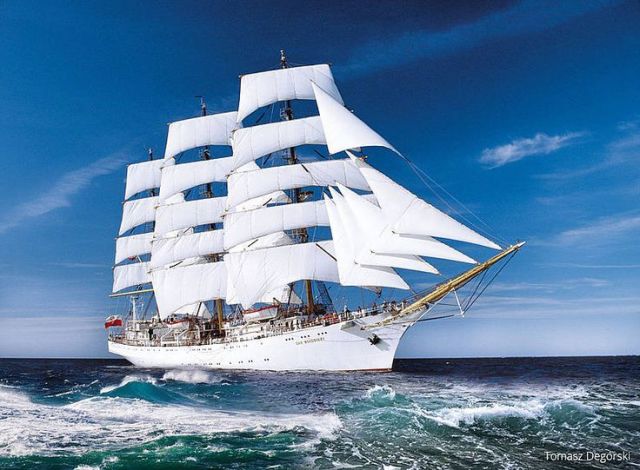




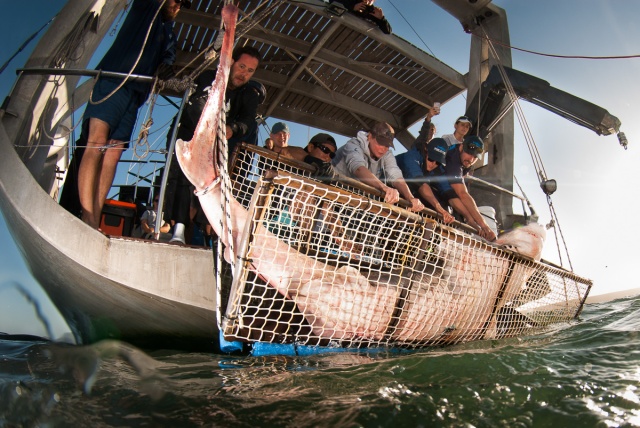



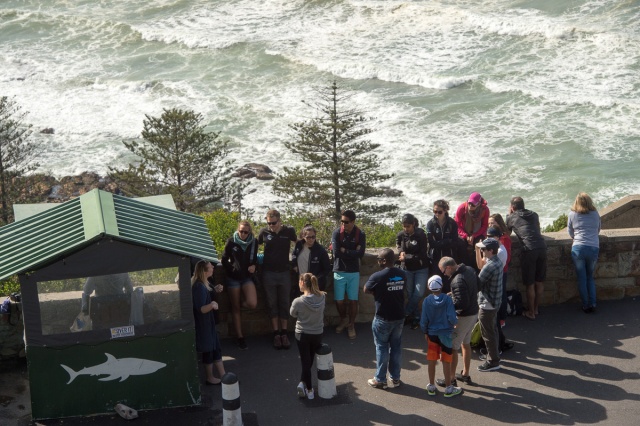





 With the support of Mercedes Benz, Mike Horn introduces an expedition worthy of the 21st century. Pole to Pole 360 will…
With the support of Mercedes Benz, Mike Horn introduces an expedition worthy of the 21st century. Pole to Pole 360 will…
 The Watamu Turtle Watch is not obly a rehabilitation centre, but also a community hub and a place that helps educates the public. Outreach and education are crucial in conservation.
The Watamu Turtle Watch is not obly a rehabilitation centre, but also a community hub and a place that helps educates the public. Outreach and education are crucial in conservation.

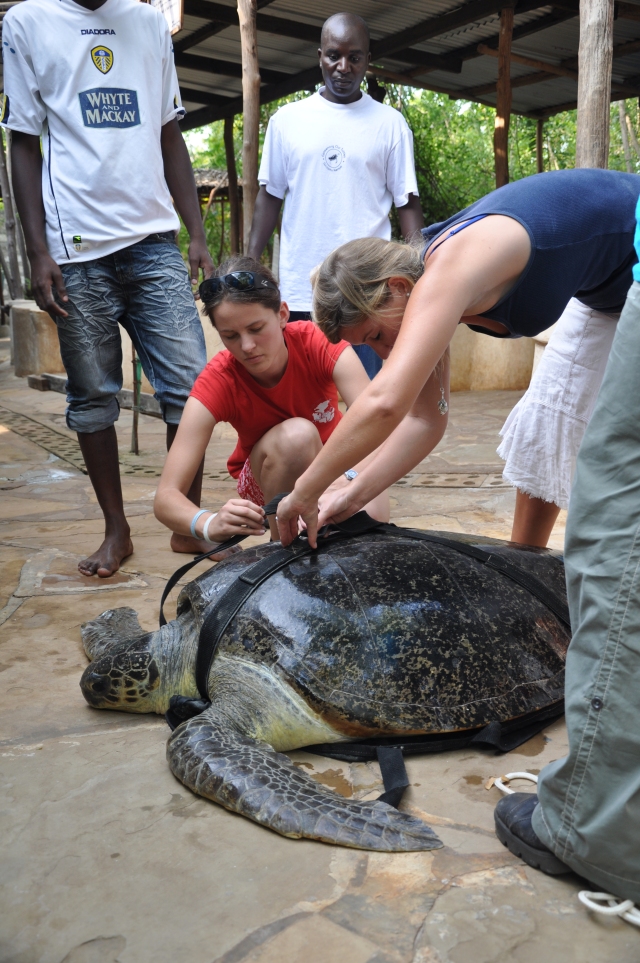
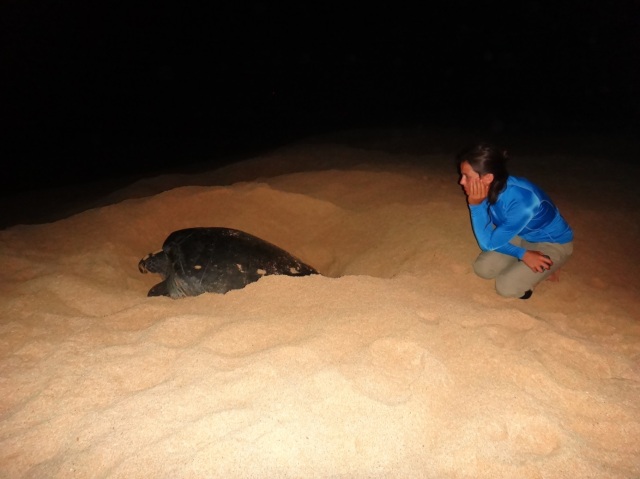 At Ascension Island in the middle of the Atlantic I had the opportunity to witness green turtles nesting. Together with a marine biologist Daniel Moore, we went to the Long Beach and saw over 30 female turtles emerge from the water that night to lay eggs. We were equipped in red headlamps, which do not disturb the turtles. Once the female find its preferred spot (it cannot have any trash of light pollution) it digs a hole and starts laying eggs. It then enters a trans and you can even take flash photography, since the turtles won’t be disturbed at that stage (though I still only took two photos).
At Ascension Island in the middle of the Atlantic I had the opportunity to witness green turtles nesting. Together with a marine biologist Daniel Moore, we went to the Long Beach and saw over 30 female turtles emerge from the water that night to lay eggs. We were equipped in red headlamps, which do not disturb the turtles. Once the female find its preferred spot (it cannot have any trash of light pollution) it digs a hole and starts laying eggs. It then enters a trans and you can even take flash photography, since the turtles won’t be disturbed at that stage (though I still only took two photos).
